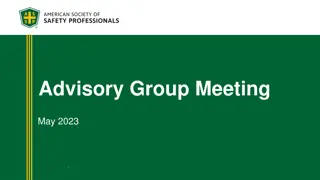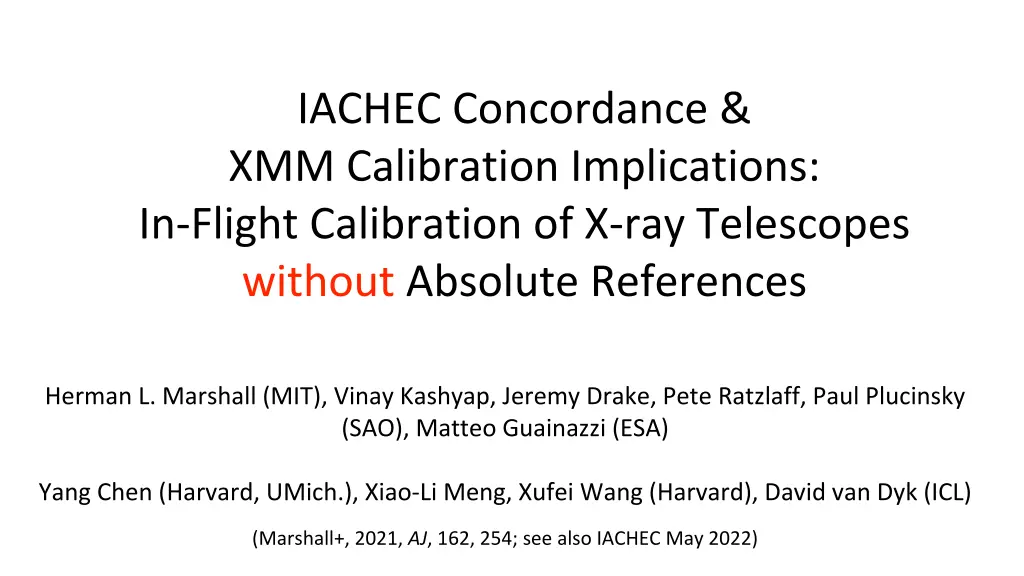
X-ray Telescopes Calibration Implications without Absolute References
Explore in-flight calibration of X-ray telescopes without absolute references, addressing discrepancies from observatories, cluster temperatures, and fluxes. Derive optimal solutions for agreement in IACHEC 2023 Concordance Review.
Uploaded on | 0 Views
Download Presentation

Please find below an Image/Link to download the presentation.
The content on the website is provided AS IS for your information and personal use only. It may not be sold, licensed, or shared on other websites without obtaining consent from the author. If you encounter any issues during the download, it is possible that the publisher has removed the file from their server.
You are allowed to download the files provided on this website for personal or commercial use, subject to the condition that they are used lawfully. All files are the property of their respective owners.
The content on the website is provided AS IS for your information and personal use only. It may not be sold, licensed, or shared on other websites without obtaining consent from the author.
E N D
Presentation Transcript
IACHEC Concordance & XMM Calibration Implications: In-Flight Calibration of X-ray Telescopes without Absolute References Herman L. Marshall (MIT), Vinay Kashyap, Jeremy Drake, Pete Ratzlaff, Paul Plucinsky (SAO), Matteo Guainazzi (ESA) Yang Chen (Harvard, UMich.), Xiao-Li Meng, Xufei Wang (Harvard), David van Dyk (ICL) (Marshall+, 2021, AJ, 162, 254; see also IACHEC May 2022)
The Goal The problems Discrepant results from X-ray observatories in orbit Cluster temperatures and fluxes Let flux ???= ???/???/?? Blazar fluxes from simultaneous observations where ??= prior on ?? SNR line fluxes ???= observed counts Imperfect ground cal, performance changes in flight ???= known exposure time Instrument area priors ??differ from true values ?? No absolute calibrators across all bands in flight: no true ?? Specific task: derive ?? for optimal agreement IACHEC 2023 Concordance Review /9 2
The Problem, Graphically Observed Count Rate a2 A2 A1 a1 C13/T13 a3 = A3 Estimated EA Ideal EA F1 F2 F3 Source Flux IACHEC 2023 Concordance Review /9 4
Assessing Priors Collecting prior (fractional) uncertainties on effective areas Cal scientists assessed their instruments IACHEC 2023 Concordance Review /9 8
Input Data Paper I (Chen+, 2019, JASA) 1E0102 with 13 instruments (N=13), O & Ne (M=2) 2XMM catalog targets, N=3, M=41; soft, medium, hard XCAL bright targets, N=3, M=94-108; soft, medium, hard Paper 2 (Marshall+, 2021, AJ, 162, 254) Same 3 sets as in Paper I Also Capella with Chandra gratings, N=8, M=15 Added correlations of XMM hard, medium, soft Added corrlations of O, Ne fluxes of 1E0102 Used heterogeneous tau values Sample Data (Marshall+ 2021) IACHEC 2023 Concordance Review /9 9
Concordance Results SNR 1E0102: Correlations change results, tau values matter 2XMM sample: slight changes when taus are assigned XCAL: same as 2XMM Capella, Chandra TGs: 1 orders agree, LETG is low of HETG IACHEC 2023 Concordance Review /9 10
Next: XMM/Chandra XCAL IACHEC 2023 Concordance Review /9 13
XCAL Time-Dependence IACHEC 2023 Concordance Review /9 14
Conclusions Concordance is operational Simple situations an simulations give reasonable answers Possible improvements Outliers handled with t distribution Fluxes in bands are related globally, not independent Instrument areas are time-dependent Upcoming: XMM/Chandra cross-cal IACHEC 2023 Concordance Review /9 15


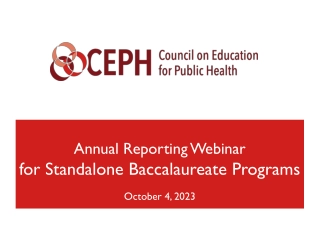
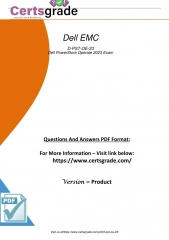
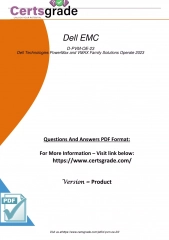
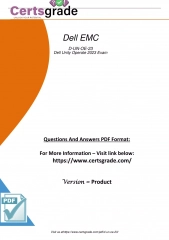
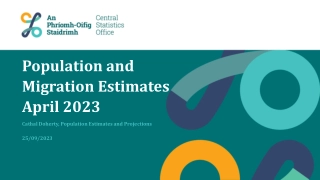

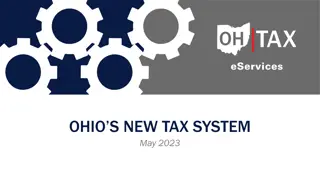
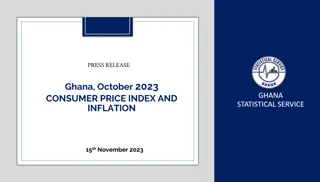


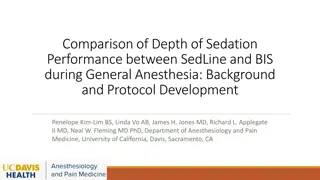
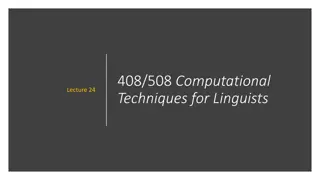
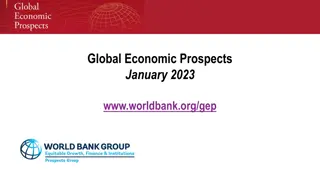
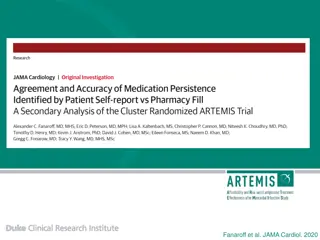
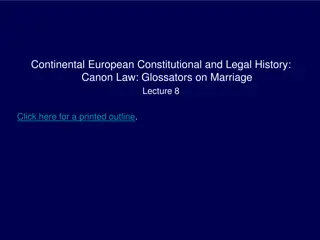
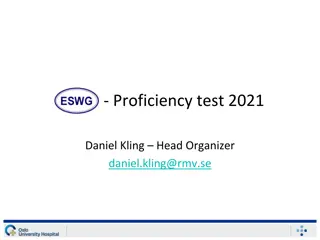

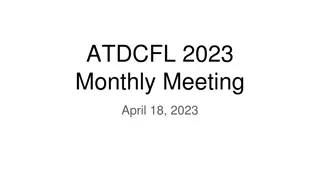
![Lec [2] Health promotion](/thumb/274962/lec-2-health-promotion-powerpoint-ppt-presentation.jpg)
